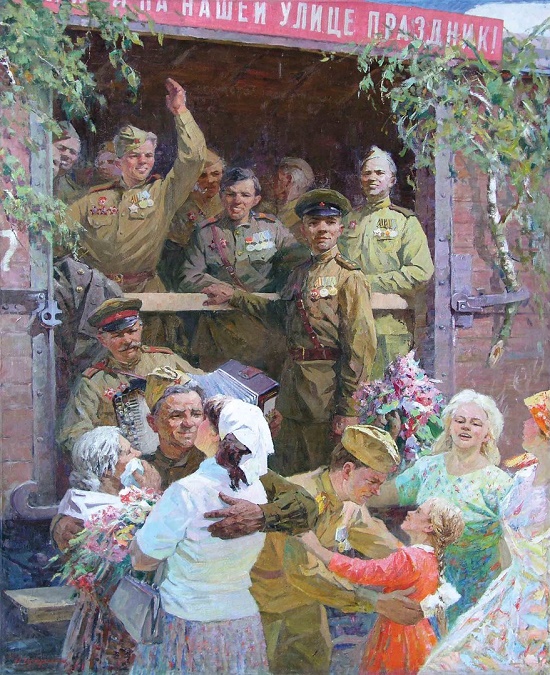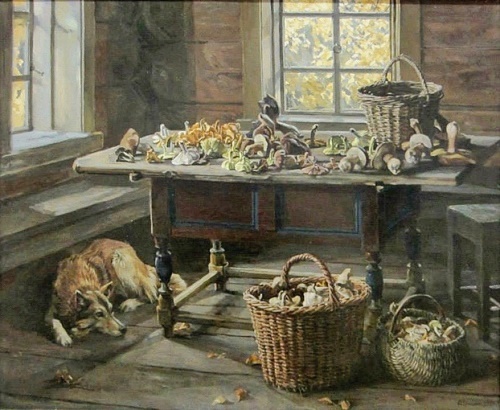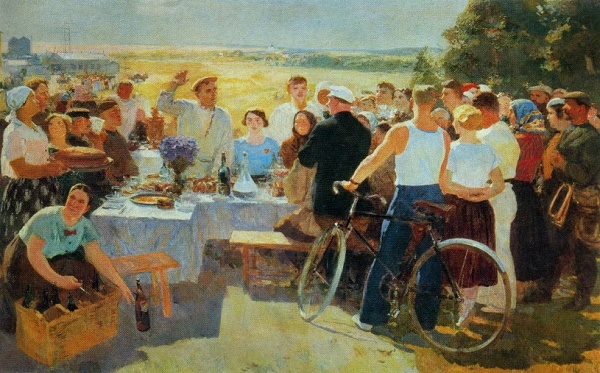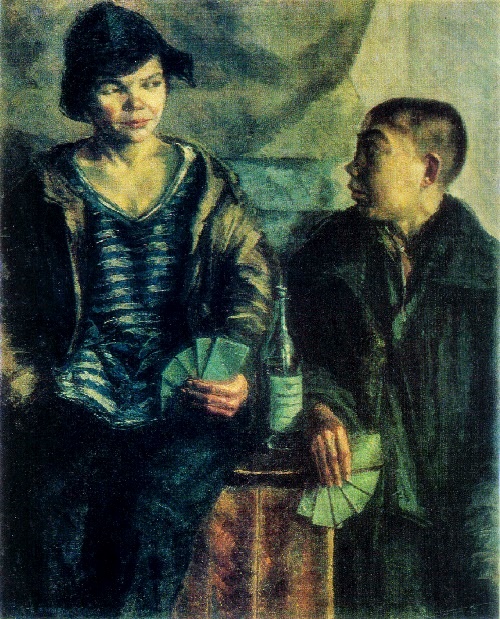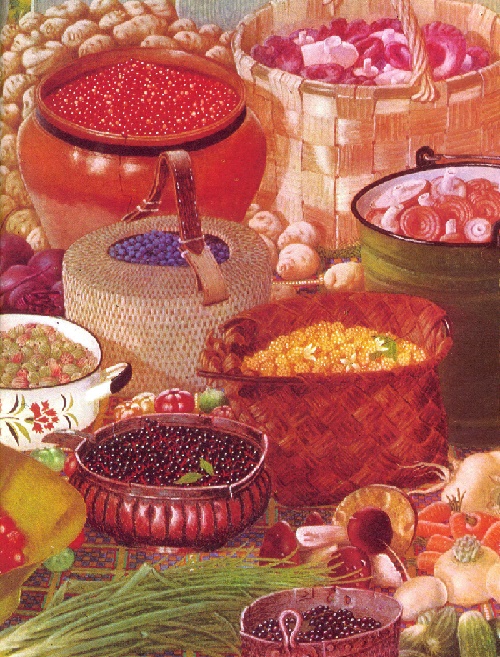Soviet artist Askhat Safargalin 1922-1975
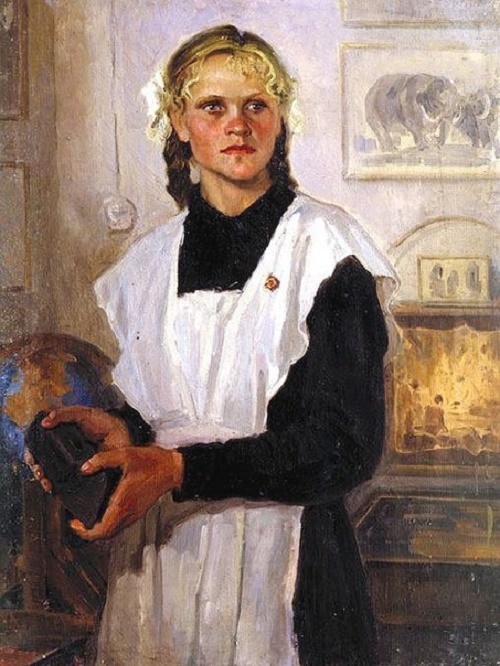
Schoolgirl. 1958. Oil. Painting by Soviet artist Askhat Safargalin (8 August, 1922 – August 26, 1975)
Soviet artist Askhat Safargalin
Born 8 August 1922 in the village of Staroye Kurmashevo in Tatarstan, Askhat Gazizulinovich Safargalin studied in the Kazan art school (1938-1941). However, the artist had to interrupt his study due to the WWII. Veteran of Great Patriotic war, awarded with military awards, he was able to return to his study only after war (1945-1947). In addition, he studied in Kharkov art institute, workshops of prominent Soviet artists A. Kokel, P. Kotov, M. Rybalchenko and L. Chernov (1947-1953). Participant of republic, All-Union and foreign exhibitions of Soviet art, he became a member of the USSR Union of artists in 1958. Besides, personal exhibitions of the artist took place in 1954 and 1977. Honored Artist of the USSR (1968), Safargalin mainly worked in the field of genre and easel painting.
More »

